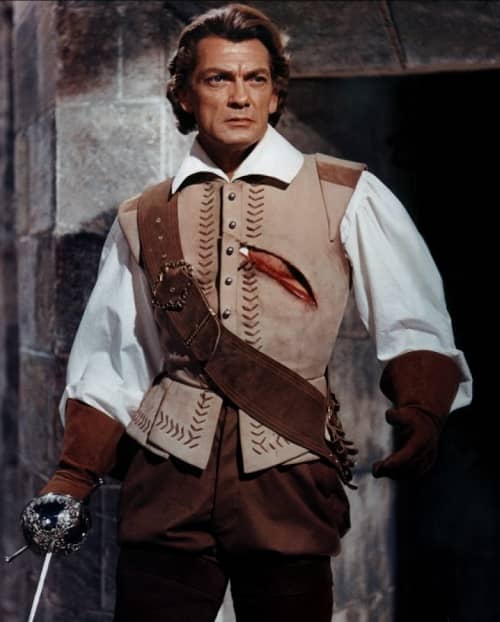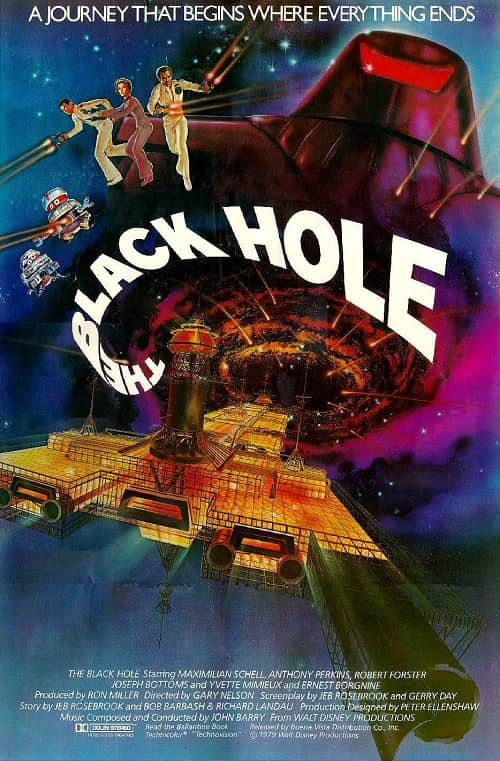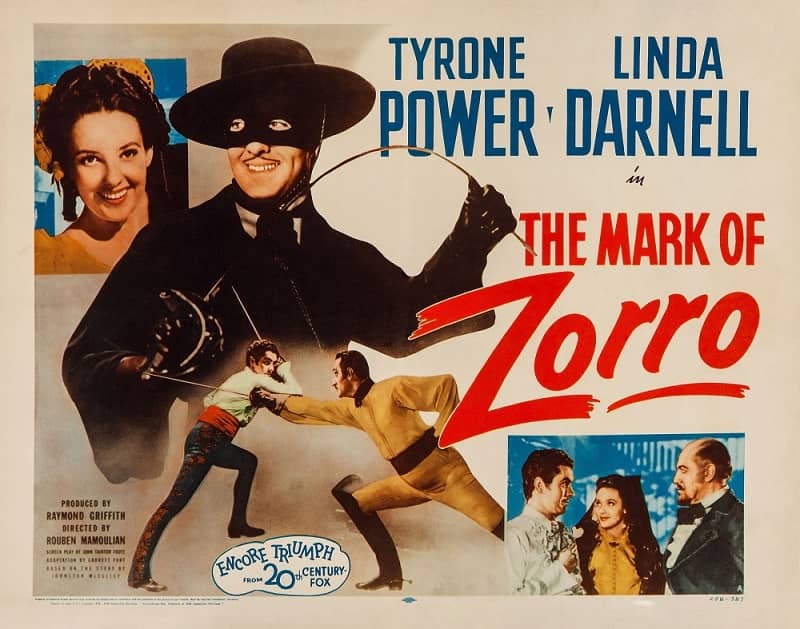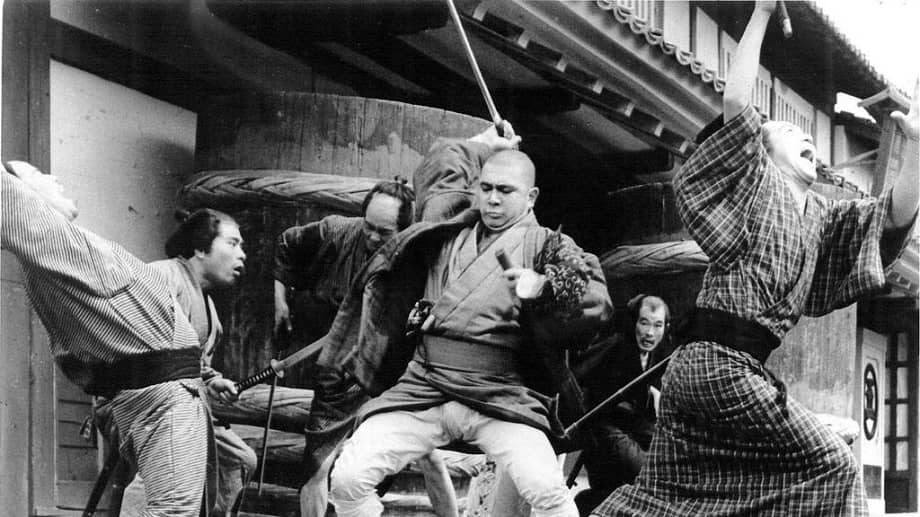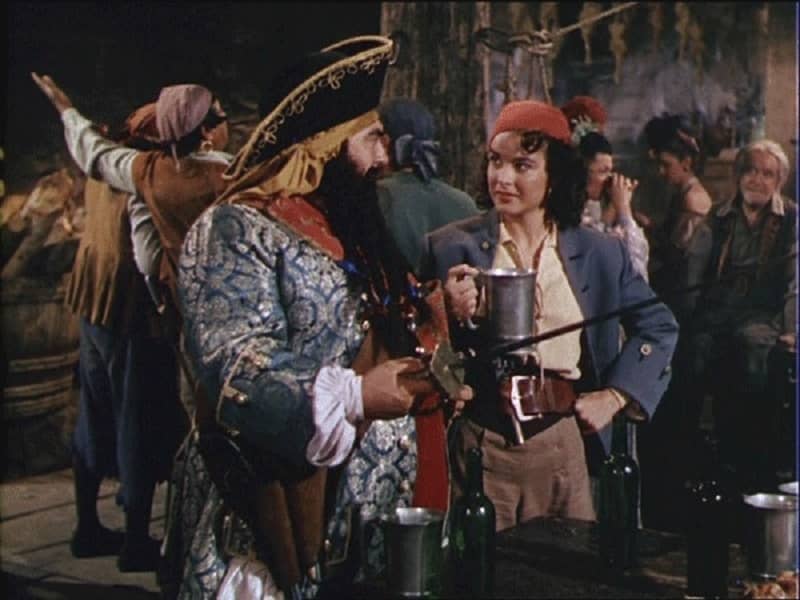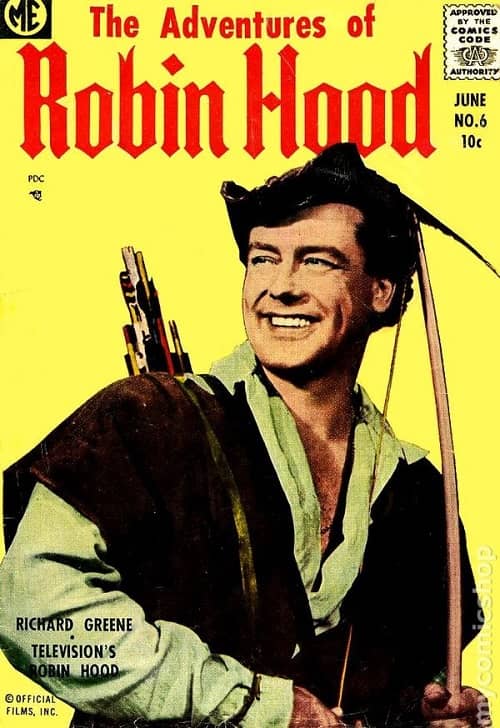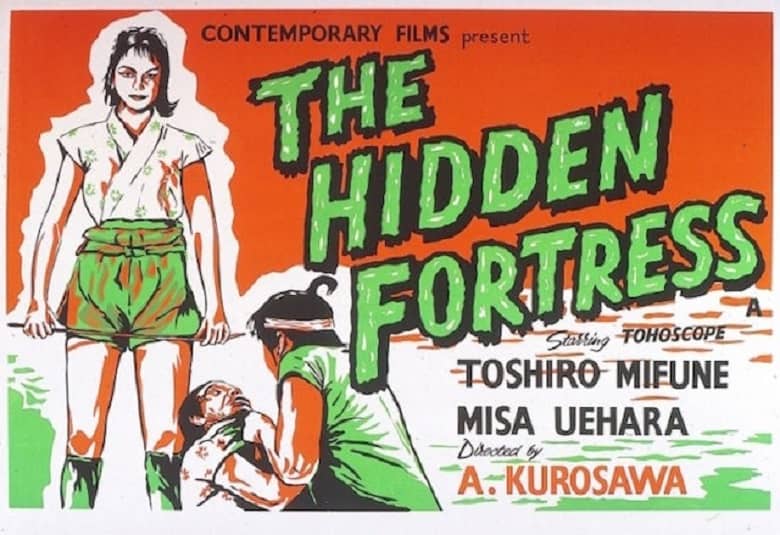Ellsworth’s Cinema of Swords: Gallic Gallantry
Le Capitan (1960)
As you might expect from the country that gave us Cyrano and d’Artagnan, the French film industry has always been enthusiastic about making swashbucklers. A lot of them have no available English-language versions, alas, but here are three of the best that do. I think you’ll agree they all have a certain je ne sais quoi.
The Captain (or Le Capitan)
Rating: ****
Origin: France/Italy, 1960
Director: André Hunebelle
Source: Pathé DVD
This French film may be the best swashbuckler you’ve never seen. It’s set in France a dozen years before the events of The Three Musketeers, when King Louis XIII was only 15 years old and still ruled by his mother, Marie de Médicis, and her lover, the Italian adventurer Concino Concini, whom Marie has elevated to the rank of prime minister. Concini’s hired thugs are killing nobles who oppose him and looting their estates, and the movie opens with a mêlée in which Concini’s assassins, led by their boss, Rinaldo, are raiding a count’s château. The count’s friend, the Chevalier de Capestang (Jean Marais), gallops up and leaps into the fray, turning the tide, but not before Rinaldo knifes the count in the back. As the thugs retreat Capestang is wounded by another thrown knife and is about to slain by the last assassin when the killer is shot down by a mysterious lady (Elsa Martinelli) in a male cavalier outfit.
The mystery woman nurses Capestang back to health but then disappears. Was she just a vision of delirium? Once healed, Capestang agrees to represent the grievances of the local nobles and travel to Paris to appeal to Concini — and maybe even the young king. Concini (Arnoldo Foà) tries to co-opt the capable Capestang, but he haughtily refuses, and Concini, in Italian, dubs him “Il Capitano” after the stock commedia dell’arte character of the strutting braggart. Capestang accepts the moniker as a badge of honor.
